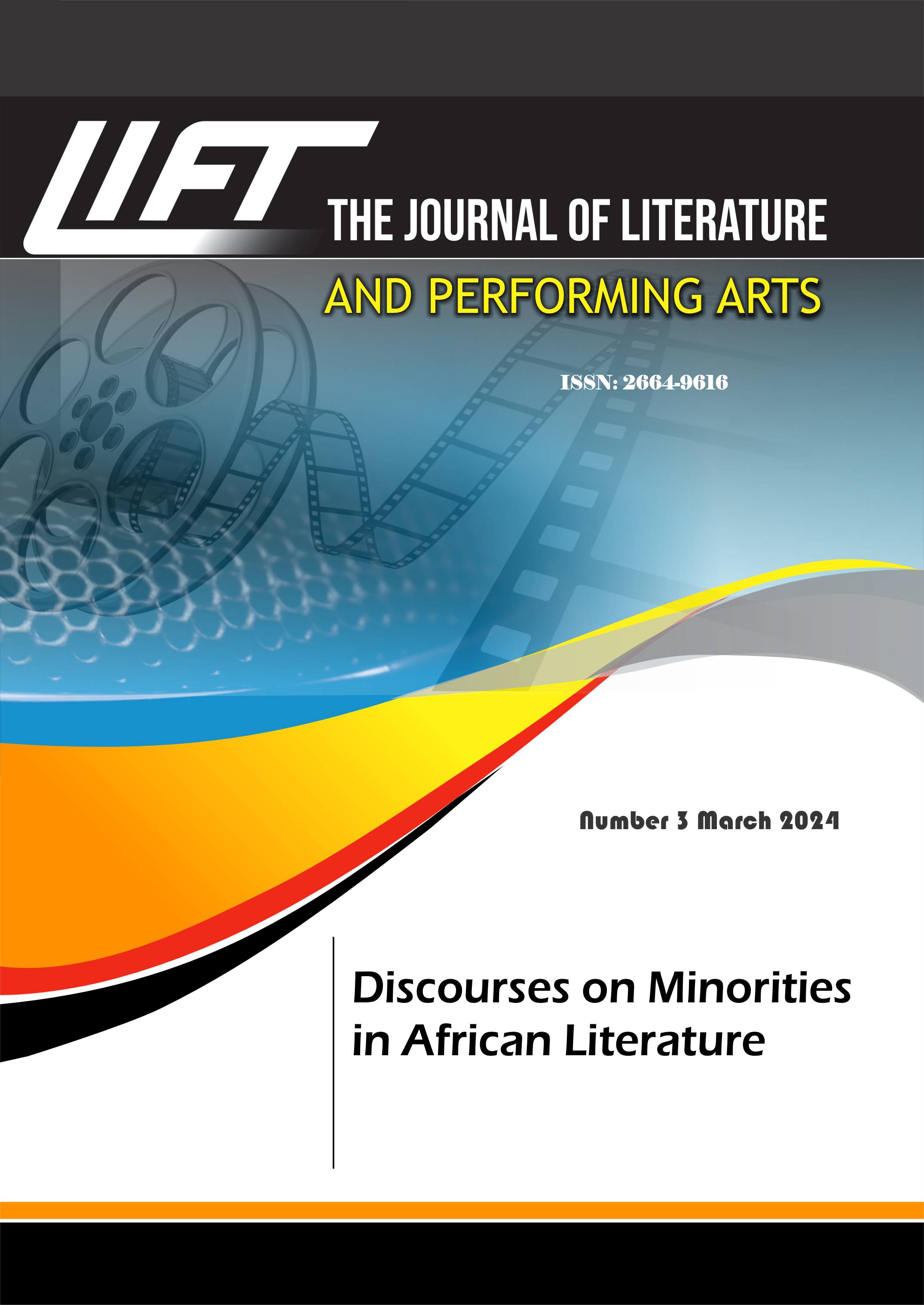Deformity and Disability Transposed
Dynamics of the Periphery Identities in Oral Narratives
Keywords:
Deformity, Disability, Identities, Dynamism, Periphery, Oral NarrativesAbstract
Most studies done on the subject of deformity and gender always seek to investigate the extent to which society generates and sustains biasness against minorities. They highlight the conditions and factors that engender biasness and segregation plus the resultant stigma. This study however, takes the view that oral narratives do go beyond the mere exposure of cultural/social limitations; that they, in effect project more vibrant, incisive and radical alternatives to matters oppression. The essay takes cognizant of the fact that language is a formidable force in social construction that shapes identities and influences perceptions. Language is not only a purveyor of social attitudes but a crucial tool in engineering and sustaining created attitudes. In this study, I use two oral narratives, “Simbi Nyaima” recorded by Onyango-Ogutu (1974) and “Simbi” recorded by Jane Nandwa (1983), to reflect on deformity and disability as a form of marginalization. Both narratives are centered on women with some form of physical disability or limitation, which inspires socio-cultural distancing, fear or revilement. Both are doubly marginalized: as women and as deformed. They suffer open and hostile discrimination. Specifically, the essay seeks to: First, analyze the dynamics of social construction and labeling. Second, analyze the tension/ironies between the dynamics of good and evil as they are given physical identity and value. Thirdly, demonstrate how the selected oral narratives transpose the dominant/minority relations and images in society.

